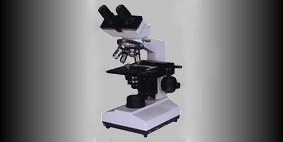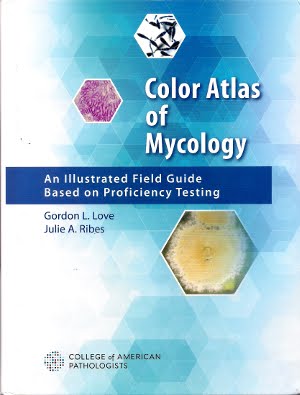
Helicobacter pylori is a helical or spiral shaped bacterium which can infect the various areas of the stomach and duodenum. Infection can cause peptic ulcers, gastritis, duodenitis and perhaps even lead to cancer. Helicobacter pylori likes to live in the mucous layer of the stomach aiding it in surviving the stomach‘s acid environment. Helicobacter has enzymes which splits the urea molecule resulting in carbon dioxide and ammonia which further helps to neutralize and protect it from stomach acid.
There are several tests developed to detect the presence of Helicobacter pylori. The laboratory can look for antibodies against the organism in the blood, Helicobacter antigens in the stool itself, detecting ammonia generated by the bacteria in a “breath test”, but the definitive test is by gastric biopsy via an endoscope down the throat.
Today therapy usually is by an antibiotic such as amoxicillin, clarithromycin or metronidazole and the inclusion of a “proton pump” inhibitor such as omeprzole.
The above photomicrograph is of a gastric biopsy. A very small (<1mm dia) piece of gastric tissue is mashed onto a glass slide, fixed with heat, then stained with Basic Fuschin. Viewed under a light microscope x1000.

.jpg)























